Vote transfer no issue. Lalu's comeback benefited Nitish too

Break-down Bihar
- The Bihar polls were won by an alliance of RJD, JD (U) and Congress
- RJD, JD (U) fought 101 seats each, but Lalu\'s party won more
- Nitish\'s core votes transferred better than those of Lalu: CSDS-Lokniti survey
More in the story
- Not everybody agrees to the survey\'s reading
- Yadavs voted for Grand Alliance candidates en bloc, irrespective of parties
- What else then explains Lalu\'s grand success
The Bihar elections were Lalu Prasad's first major electoral challenge after being convicted in the fodder scam two years ago. And not only did he pass the challenge, he did so spectacularly.
The Rashtriya Janata Dal (RJD) supremo brought back his party from the margins to the mainstream - scripting, directing and overseeing its rise to becoming the single-largest party in the Bihar Assembly.
The last time the RJD had that status was 15 years ago. That was the first election that the party fought after its formation in 1997. It won 103 seats. Then the party shrank to 75 (February 2005), 54 (November 2005) and eventually 22 seats (2010).
READ- The Dalit factor: how Bhagwat's comment led to the demise of BJP's partners
Significantly, despite two straight losses to the Janata Dal (United), this time the RJD won more seats than Nitish Kumar's party. This while the parties were fighting together and contested 101 seats each.
How did this happen? After all, it was Nitish who was projected as the future chief minister, not Lalu.
Cast in caste
According to a CSDS-Lokniti survey, the transferability of the core votes of Nitish were better than those of Lalu's.
Kurmis (the community which Nitish was born into) voted with the same intensity for the RJD as they did for the JD(U). But Yadavs (Lalu's caste and RJD's base) showed a little less fervour in favour of the JD(U) than the RJD, the survey concluded.
Besides, the RJD also got a greater share of extremely backward classes (EBC) votes. Mahadalits too went for RJD, according to the survey.
While EBCs were carved off other backward classes (OBC), the most downtrodden among the dalits are classified mahadalits.
Lalu the spin doctor
Several analysts, however, did not agree with the assessment.
Shashi Bhushan, former senior fellow at Patna-based AN Sinha Institute for Social Studies, traced Lalu's relatively greater success to the shrewd election campaigner he is. Lalu inflated some issues in a way only he could.
The most significant among those was the reservation-related comments by Mohan Bhagwat, the chief of Rashtriya Swayamevak Sangh. RSS is the ideological fountainhead of Bharatiya Janata Party, which led the National Democratic Alliance against the Lalu-Nitish-Congress Grand Alliance.
Lalu could play up issues like Bhagwat's quota comments like nobody else could - Shashi Bhushan
Lalu succeeded in showcasing Bhagwat's comments as a threat for dalits and backward classes, predicting that BJP would end reservations for them. This made the EBCs and Mahadalits flock towards RJD, Bhushan said.
To this Naval Kishore Chaudhary, former principal of Patna College, added Lalu's unequivocal articulation that the polls were a battle between 'forwards' and 'backwards'.
He pointed out that while Nitish never took to the forward-backward language and symbolism, Lalu did it assertively. The RJD didn't even issue tickets to candidates from forward castes, completing a strategy of caste-polarisation and benefiting from it.
Local victories
Ajay Kumar Singh of the UGC Centre for Federal Studies, Jamia Hamdard University, negated the idea that Yadavs didn't vote for the JD (U).
ALSO READ- BJP's #BiharResult postmortem report: don't blame Modi, Shah, RSS
Nitish's candidates would have won nothing in Mithilanchal (in north Bihar) had Yadavs not voted for them in large numbers. In fact, locals told Singh that Yadavs and Muslims voted en bloc for the Grand Alliance, not caring whether the candidate was from the RJD, the JD (U) or the Congress.
Singh attributed the RJD's nine-seat lead over the JD (U) to local factors.
Better consolidation
Senior journalist Gyaneshwar, on the other hand, said while Lalu's core Muslim-Yadav base remained intact, he drew additional support from other OBCs, EBCs and Mahadalits. Nitish, he said, doesn't have such a formidable alliance.
And the lack of anti-incumbency against Nitish too helped Lalu, Gyaneshwar added.
The 'backward' consolidation really helped, said political analyst Mahendra Suman, underscoring once again how candidates were chosen only from dominant backward communities. Also, Lalu has an organisation and a system to fight elections that Nitish lacks.
One of the biggest trends to watch out for in these elections was if there would be as seamless a blending among support groups of the RJD and the JD(U) as their leaders had shown.
Nitish never took to the forward-backward language and symbolism like Lalu - NK Chowdhary
Yadavs are numerically the strongest and there was a suspense about whether they would vote for JD (U) candidates. The Grand Alliance addressed this to a great extent by fielding RJD candidates in large number from Yadav-dominated seats.
But at the end of the day, the Yadavs seem to have voted the alliance, not the RJD alone.
More in Catch:
Epic Recall: six India-Pak series that will make you look forward to December
Protecting the third gender: did South India just get transgender-friendly?

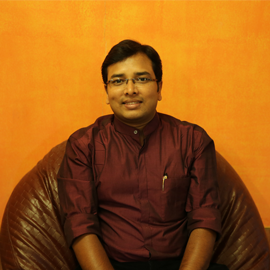

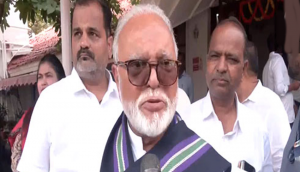
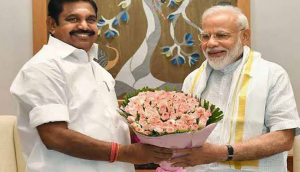
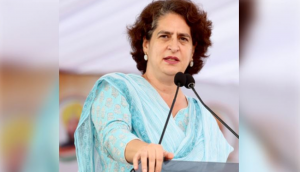
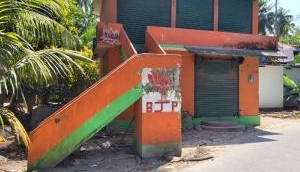
![BJP's Kapil Mishra recreates Shankar Mahadevan’s ‘Breathless’ song to highlight Delhi pollution [WATCH] BJP's Kapil Mishra recreates Shankar Mahadevan’s ‘Breathless’ song to highlight Delhi pollution [WATCH]](https://images.catchnews.com/upload/2022/11/03/kapil-mishra_240884_300x172.png)

![Anupam Kher shares pictures of his toned body on 67th birthday [MUST SEE] Anupam Kher shares pictures of his toned body on 67th birthday [MUST SEE]](https://images.catchnews.com/upload/2022/03/07/Anupam_kher_231145_300x172.jpg)






